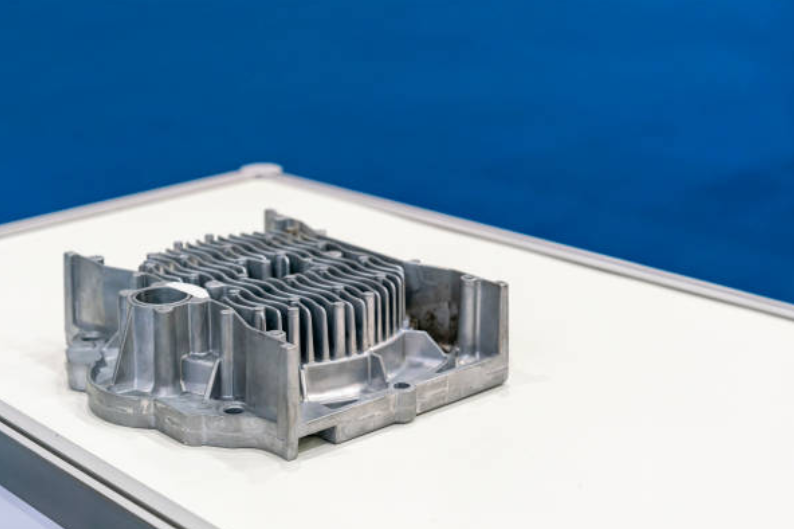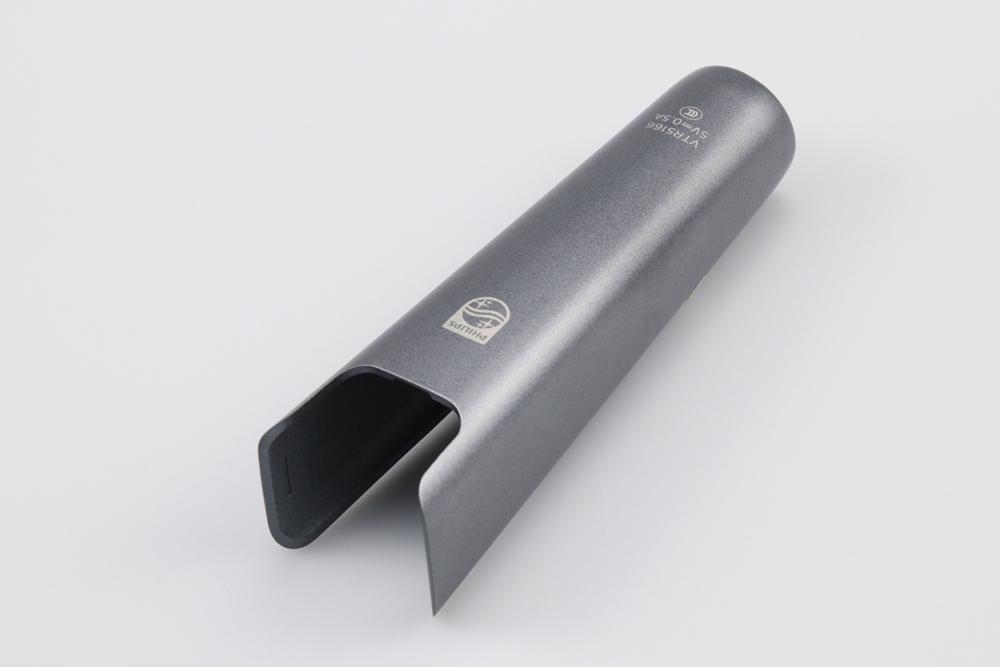What challenges are commonly faced with Zamak die casting?
Process Sensitivity and Thermal Control
Despite its advantages, Zamak die casting presents several technical challenges that require precise process management. One of the most critical issues is temperature control. Because Zamak has a relatively low melting point compared with aluminum die casting or magnesium alloy casting, excessive heat can lead to mold erosion, soldering, and surface defects. Engineers must carefully regulate mold and alloy temperatures to maintain consistent fluidity and prevent oxidation during high-pressure injection.
Additionally, maintaining the correct fill rate is crucial to prevent trapped air or porosity, which can compromise mechanical strength. Integrating CNC machining prototyping and rapid molding prototyping helps identify potential flow issues before scaling to production. These methods enable the optimization of gating and venting systems to enhance cavity filling and minimize casting defects.
Tooling Wear and Surface Imperfections
Tool wear is another significant challenge in zinc die casting, primarily due to the repeated thermal cycling and high injection pressures. The molten Zamak’s fluidity can accelerate surface fatigue, leading to flash formation or incomplete fill. Using precision techniques like gravity casting for small-batch runs helps refine tooling geometry before high-volume production.
Surface imperfections such as blistering or pitting may also arise when moisture or contamination enters the molten alloy. Regular maintenance, surface cleaning, and proper mold release selection are vital to ensuring stable operation.
Material Limitations and Post-Processing Concerns
Although Zamak offers excellent dimensional stability, it is not suited for extremely high-temperature applications found in aerospace components or heavy-duty energy systems. The alloy’s creep resistance is limited compared to nickel-based superalloys, such as Inconel 625 or Rene 41.
In terms of finishing, improper preparation before coating may lead to adhesion issues. Pre-treatments like powder coating and chrome plating enhance surface integrity but require controlled surface roughness and cleaning to ensure consistency.
Industrial Adaptation and Quality Control
Different industries such as automotive manufacturing, locking systems, and consumer electronics rely on strict dimensional tolerances. Achieving these tolerances demands advanced quality inspection techniques and precision molds. When combined with sheet metal stamping or injection molding, alignment accuracy between processes becomes critical to avoid assembly deviations.
Implementing Statistical Process Control (SPC) and real-time thermal monitoring helps reduce defect rates, improving long-term efficiency and product consistency.
Conclusion
Zamak die casting remains an efficient, cost-effective process but demands meticulous process control, surface management, and material handling. Through simulation, tooling optimization, and proper finishing techniques, engineers can overcome these challenges while maintaining productivity and part quality.



